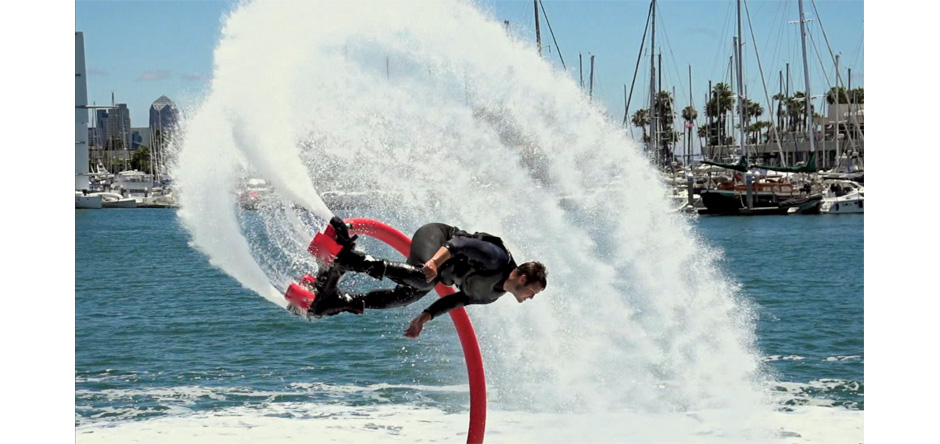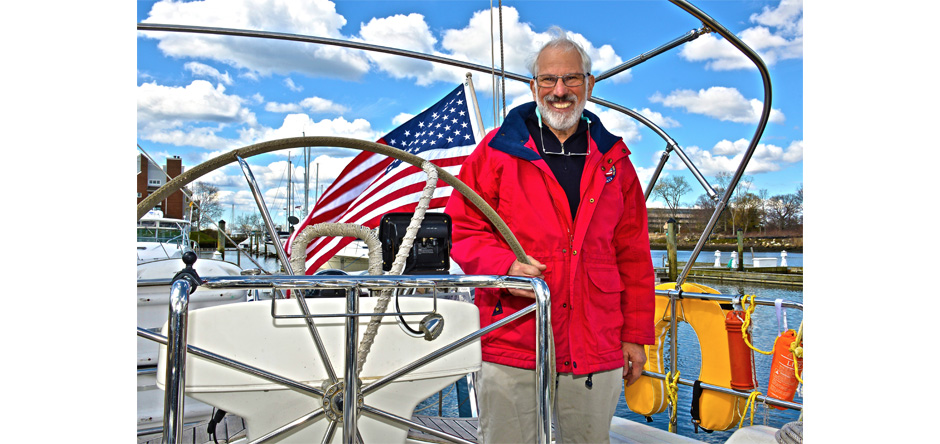Tennessee Williams wrote in “The Glass Menagerie,” “is the longest distance between two places.” And time, the subtheme of WAG’s June travel issue, both beguiles and bedevils us.
Sometimes, time is the great enemy, particularly in a still-adolescent country like America. It is Father Time, bringing us with each passing year closer to the thing we fear most, death.
But time also fascinates. We speak of life’s journey and traveling through time. Often, we wish we could go back in time, either to a period of great moment or one in our own personal history when we were especially happy, usually with someone we loved and lost.
The significance of time has been a favorite subject of artists, whose work is organized in time (a symphony, a novel), space (a painting) or both (a movie, an opera). While there may be little support for actual time travel in theoretical physics, the fact that so much of that discipline is taken up with the relationship between time and space may have spurred some science fiction buffs “to boldly go where no man has gone before,” in the words of “Star Trek,” splitting an infinitive in the process.
Though Charles Dickens’ “A Christmas Carol” (1843) would certainly qualify as a time-travel story, credit for popularizing time travel generally goes to H.G. Wells’ “The Time Machine” (1895). Based on a story he published in college, the novel follows a protagonist known only as the Time Traveler as he visits ancient and prehistoric worlds in his invention — Wells actually coined the term “time machine” — before returning to Victorian England briefly and setting off on another adventure from which he may never return.
“The Time Machine” has spawned numerous films, TV series, comic books and variations in any number of media, including “Peabody’s Improbable History,” a segment of the hilariously satiric 1960s TV series “The Rocky and Bullwinkle Show” that in turn became a 2014 film “Mr. Peabody & Sherman.” In the series, Mr. Peabody is a brilliant Beagle (sorry, Snoopy) and Sherman, his nerdy, bespectacled, red-haired sidekick. Together they meet everyone from King Arthur to Florence Nightingale to the Duke of Wellington as they set off in Mr. Peabody’s WABAC (pronounced “Way Back”) machine. (The show always ended with a bad pun that had Sherman exclaiming, “Oh, Mr. Peabody.”)
Not every time traveler has had the dispassionate control of Mr. Peabody. One of the greatest time travel creations — and one of TV Guide’s “best cult shows ever” — was a series by Donald P. Bellisario whose protagonist leapt into other people’s lives within his own lifespan, pinballing through time in his wayward Project Quantum Leap Accelerator.
“Quantum Leap,” which aired from 1989 to 1993, told the story of Dr. Sam Beckett (Scott Bakula), a brilliant (Is there any other kind?) government scientist whose only connection to his own world is a holograph of his best friend — cigar-chomping, womanizing, Hawaiian shirt-sporting Admiral Al Calavicci (Dean Stockwell), overseer of the threatened project. Al keeps Sam grounded as he careens from the life of a death-row inmate to that of a MIT student to a teenage girl with a twin sister.
Though viewers would see Sam, the characters he interacted with would generally see the person he had leapt into, appearing to us only when Sam looked at his reflection. This gave Bakula, one of Hollywood’s most genial actors and a star of CBS’ “NCIS: New Orleans,” an opportunity to create, without the use of many props, some of TV’s most astonishing impersonations, including that of a pregnant woman. (Fortunately for Sam, he was pulled out of her life right before she was about to give birth.)
Sam’s leaps end after he “put right what once went wrong” (a common time-travel theme), sometimes humorously so, as when he tells a young Donald Trump to buy real estate, suggests the lyrics of “Peggy Sue” to Buddy Holly or saves Dr. Henry Heimlich from choking with what will become his signature maneuver.
But sometimes Sam discovers that he can’t change the past, as when he leaps into the life of Marilyn Monroe’s bodyguard or, most chillingly, into that of Lee Harvey Oswald.
Time is not only the greatest distance between two places. It is often an unbreachable one.




